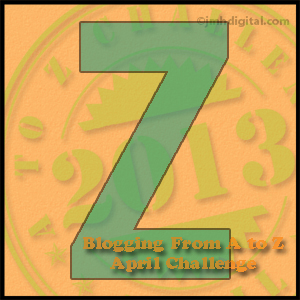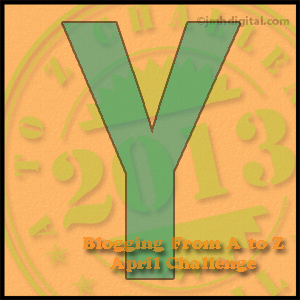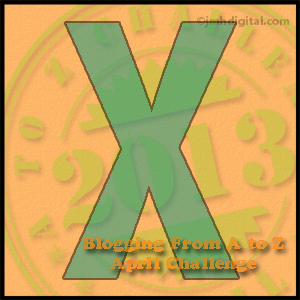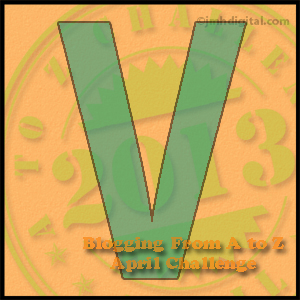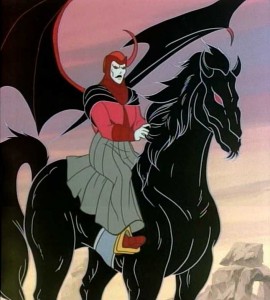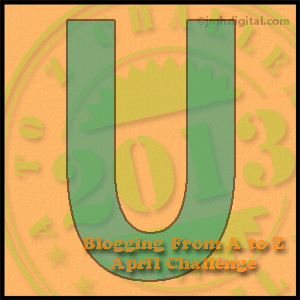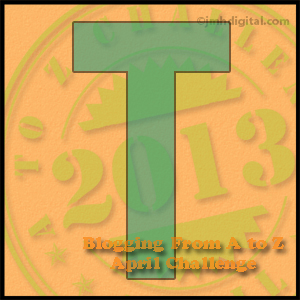As a player nothing bugs me more than a villain that is protected by the power of plot. No matter what happens, no matter how creative or lucky the PCs get during a direct confrontation early in the adventure, this one particular villain cannot be killed, captured or defeated because the DM needs him during the final showdown. It’s the biggest tease in gaming and it needs to stop.
Now I’m not saying that DMs should never have the PCs engage the major villain before the final confrontation. I like it when the PCs get a glimpse of who they’re up against early on. But if circumstances happen to put the PCs into a fight with the big boss and they manage to take him down, don’t rob them of that victory. Obviously something went very, very right for the PCs or something went very, very wrong for the villain. In either case the encounter was likely memorable and no doubt thrilling. So why belittle such an amazing convergence of fortune and let the villain live simply because the story demands that he does?
In a home game the DM obviously has significant latitude to tweak the story if a big boss villain is unexpectedly killed early on, but in printed adventures it’s a lot more difficult. However, it’s never impossible and more DMs need to remember this. You are in charge of everything behind the scenes. You are empowered to make changes as you see fit. You are responsible to keep the adventure moving forward and ensuring the players are having fun along the way. Waving the magic DM wand and saying “he wasn’t really dead” is not the right way to handle things. Not when there are some many great alternatives.
